The Future of Liquid Packaging Machines in Sustainable Manufacturing Solutions
As the demand for sustainable manufacturing solutions intensifies, the role of liquid packaging machines is becoming increasingly critical within the industry.
According to a recent report by MarketsandMarkets, the global liquid packaging market is projected to grow from USD 47.3 billion in 2021 to USD 62.9 billion by 2026, at a compound annual growth rate (CAGR) of 6.4%.
This growth is driven by the rising consumer preference for eco-friendly packaging materials and the increasing emphasis on recycling and waste reduction.
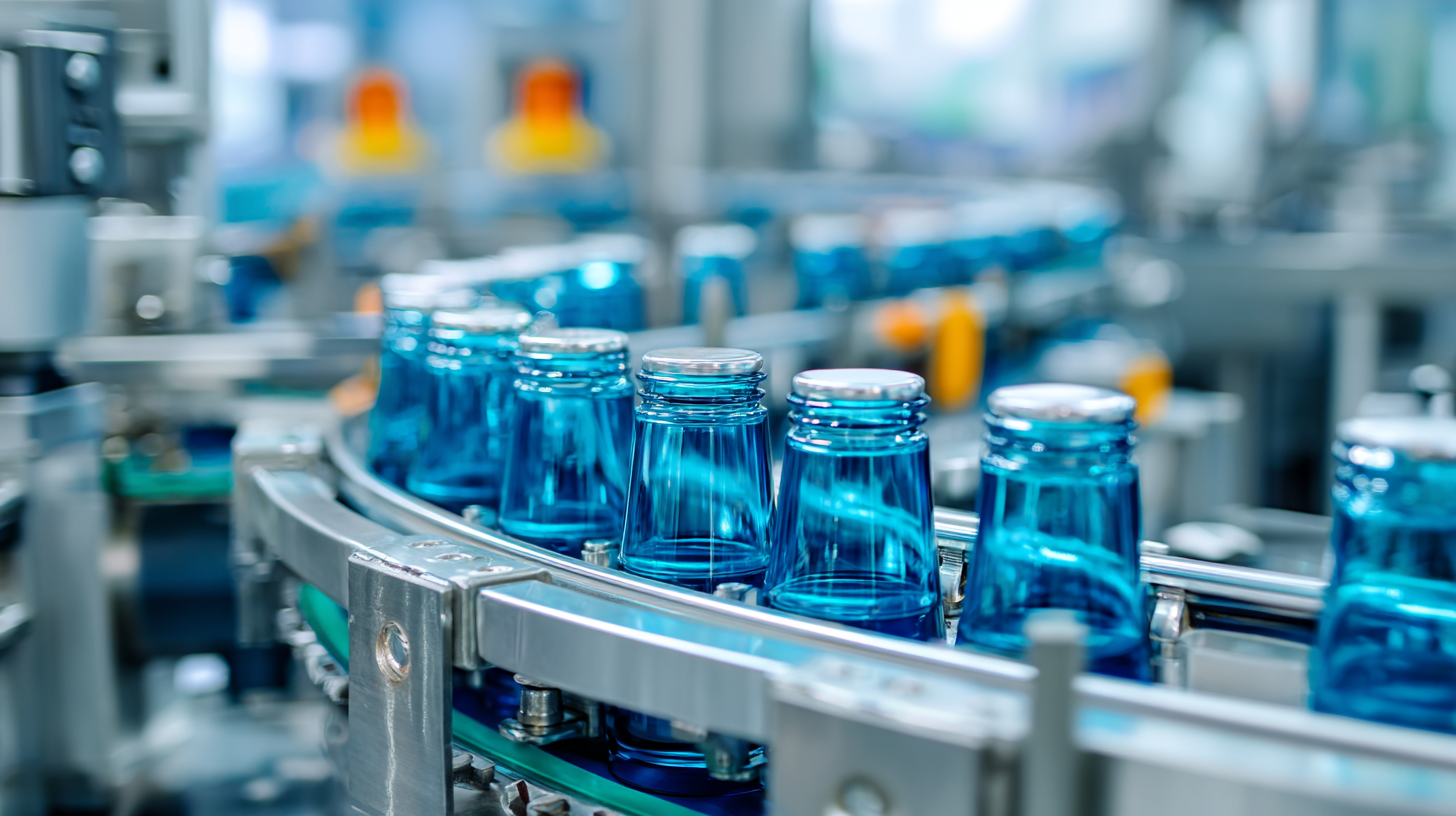 Liquid packaging machines, which are designed to efficiently handle various liquid products while minimizing waste, are at the forefront of this transformation.
By adopting innovative technologies and sustainable practices, manufacturers can not only meet regulatory requirements but also enhance their operational efficiencies and brand reputation.
In this landscape, understanding the evolution and future trajectory of liquid packaging machines is essential for stakeholders aiming to navigate the complexities of sustainable manufacturing effectively.
Liquid packaging machines, which are designed to efficiently handle various liquid products while minimizing waste, are at the forefront of this transformation.
By adopting innovative technologies and sustainable practices, manufacturers can not only meet regulatory requirements but also enhance their operational efficiencies and brand reputation.
In this landscape, understanding the evolution and future trajectory of liquid packaging machines is essential for stakeholders aiming to navigate the complexities of sustainable manufacturing effectively.
Emerging Trends in Liquid Packaging Technologies for Sustainable Manufacturing
Emerging trends in liquid packaging technologies are transforming the landscape of sustainable manufacturing solutions. Companies are increasingly focusing on eco-friendly materials, such as biodegradable plastics and recycled materials, to reduce their carbon footprints. These innovations not only help in minimizing waste but also align with the growing consumer demand for sustainability. For instance, advancements in plant-based bottle technology are making it possible to create packaging that is both functional and environmentally friendly, providing manufacturers with sustainable options that do not compromise product integrity.
Additionally, the integration of automation and smart technology in liquid packaging systems is enhancing efficiency while promoting sustainability. IoT-enabled machines allow for real-time monitoring and optimizations, resulting in reduced energy consumption and minimized material waste during production. With the rise of personalized packaging solutions, liquid packaging machines are now capable of producing smaller batch sizes without the increased environmental impacts typically associated with traditional manufacturing methods. This adaptability not only meets consumer preferences for unique and customizable products but also supports the overall goal of a more sustainable production process.
The Role of Automation and Digitalization in Eco-Friendly Packaging Solutions
In the evolving landscape of
sustainable manufacturing,
automation and digitalization play pivotal roles in enhancing eco-friendly liquid packaging solutions. Automated systems streamline production processes by significantly reducing human intervention, which not only minimizes the risk of contamination but also optimizes efficiency. This technological integration allows manufacturers to maintain consistent quality while decreasing waste, as machines can precisely measure and dispense materials, leading to fewer errors and reduced overproduction.
Moreover, digitalization transforms how companies monitor and manage their packaging operations. Through
data analytics
and IoT (Internet of Things) connectivity, manufacturers can track resource usage and environmental impact in real time. This transparency empowers businesses to make informed decisions that align with sustainability goals. By employing
predictive maintenance
powered by machine learning, companies can prolong the life cycle of their equipment, thereby reducing the frequency of disposals and minimizing their carbon footprint.
As the industry moves forward, the synergy between automation and digitalization will be crucial for developing liquid packaging machines that not only meet consumer demands but also uphold
environmental stewardship.
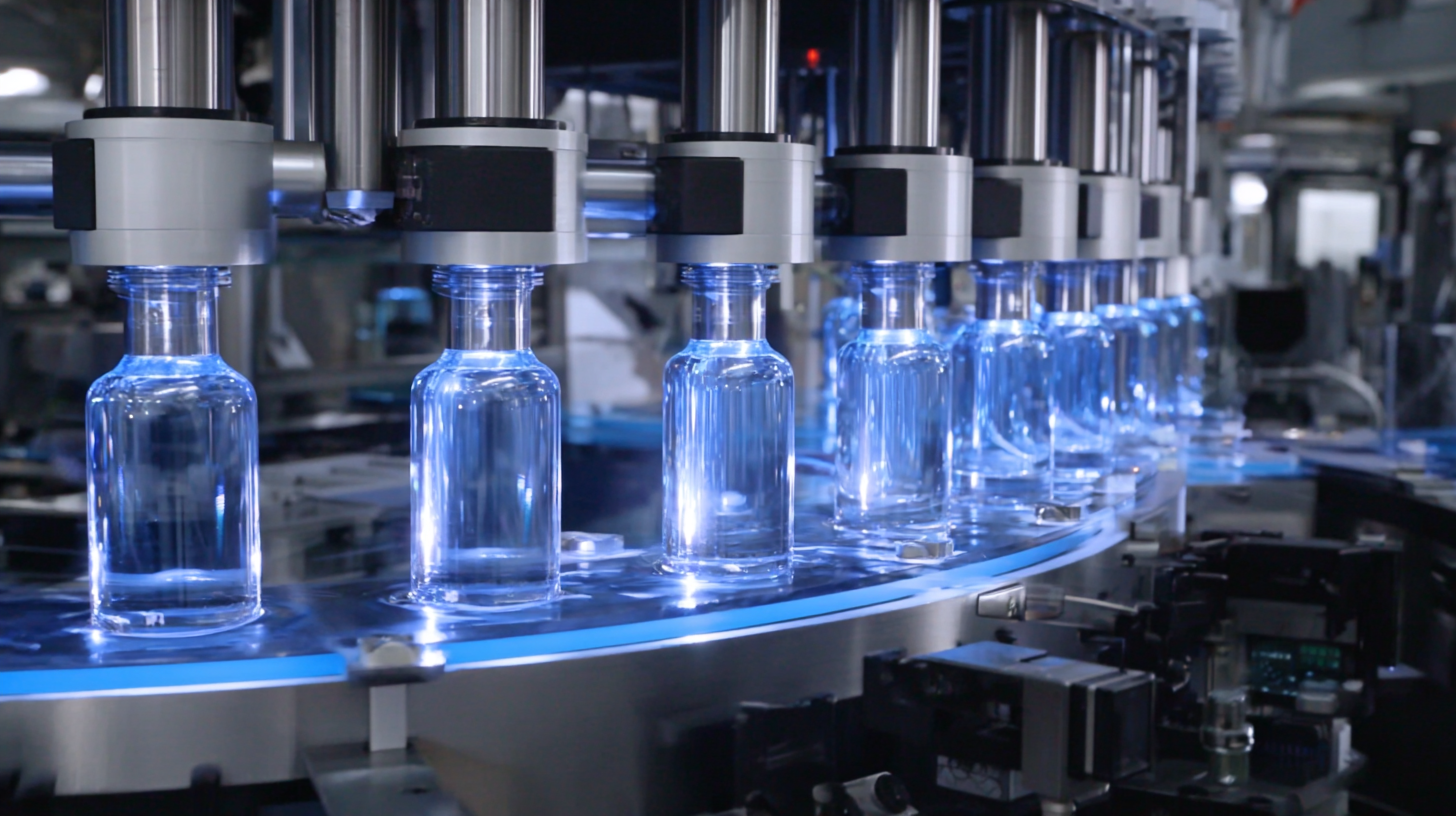
Innovative Materials Driving the Future of Liquid Packaging
The landscape of liquid packaging is undergoing a significant transformation, driven by advancements in innovative materials. The transition towards sustainable manufacturing solutions is critical, as industries seek to minimize environmental impact while enhancing functionality. Emerging materials such as cellulose fibers and bio-based packaging films are at the forefront, providing lightweight yet durable options that improve product shelf life and reduce waste.
As the demand for eco-friendly packaging grows, the liquid packaging board market is projected to reach USD 37.7 billion by 2035, with a robust CAGR of 7.5% from 2025 onwards. This growth reflects a shift in consumer preferences and regulatory pressures pushing manufacturers to adopt greener practices. Additionally, the paper packaging materials market is set to expand significantly, anticipating a surge from US$ 410.23 billion in 2024 to over US$ 634.03 billion by 2034. These trends underscore the critical role of innovative materials in shaping the future of liquid packaging, paving the way for a more sustainable manufacturing ecosystem.
The Future of Liquid Packaging Machines in Sustainable Manufacturing Solutions - Innovative Materials Driving the Future of Liquid Packaging
| Material Type | Sustainability Rating (1-10) | Market Adoption Rate (%) | Cost per Unit ($) | Recyclability (%) |
|---|---|---|---|---|
| Biodegradable Plastics | 9 | 45 | 0.25 | 85 |
| Recycled Paperboard | 8 | 60 | 0.15 | 90 |
| Plant-Based Plastics | 7 | 50 | 0.30 | 75 |
| Glass | 10 | 70 | 1.00 | 100 |
| Aluminum | 9 | 65 | 0.80 | 95 |
Strategies for Reducing Waste in Liquid Packaging Manufacturing Processes
The liquid packaging industry is facing increasing pressure to adopt sustainable practices as consumers and regulatory bodies alike demand eco-friendliness. One effective strategy for reducing waste in liquid packaging manufacturing processes involves optimizing the design and materials used. According to a recent report from Grand View Research, the global liquid packaging market is projected to reach $500 billion by 2027, emphasizing the urgency for manufacturers to focus on sustainability. By incorporating recyclable and biodegradable materials, companies can significantly decrease their environmental footprint while simultaneously appealing to environmentally conscious consumers.
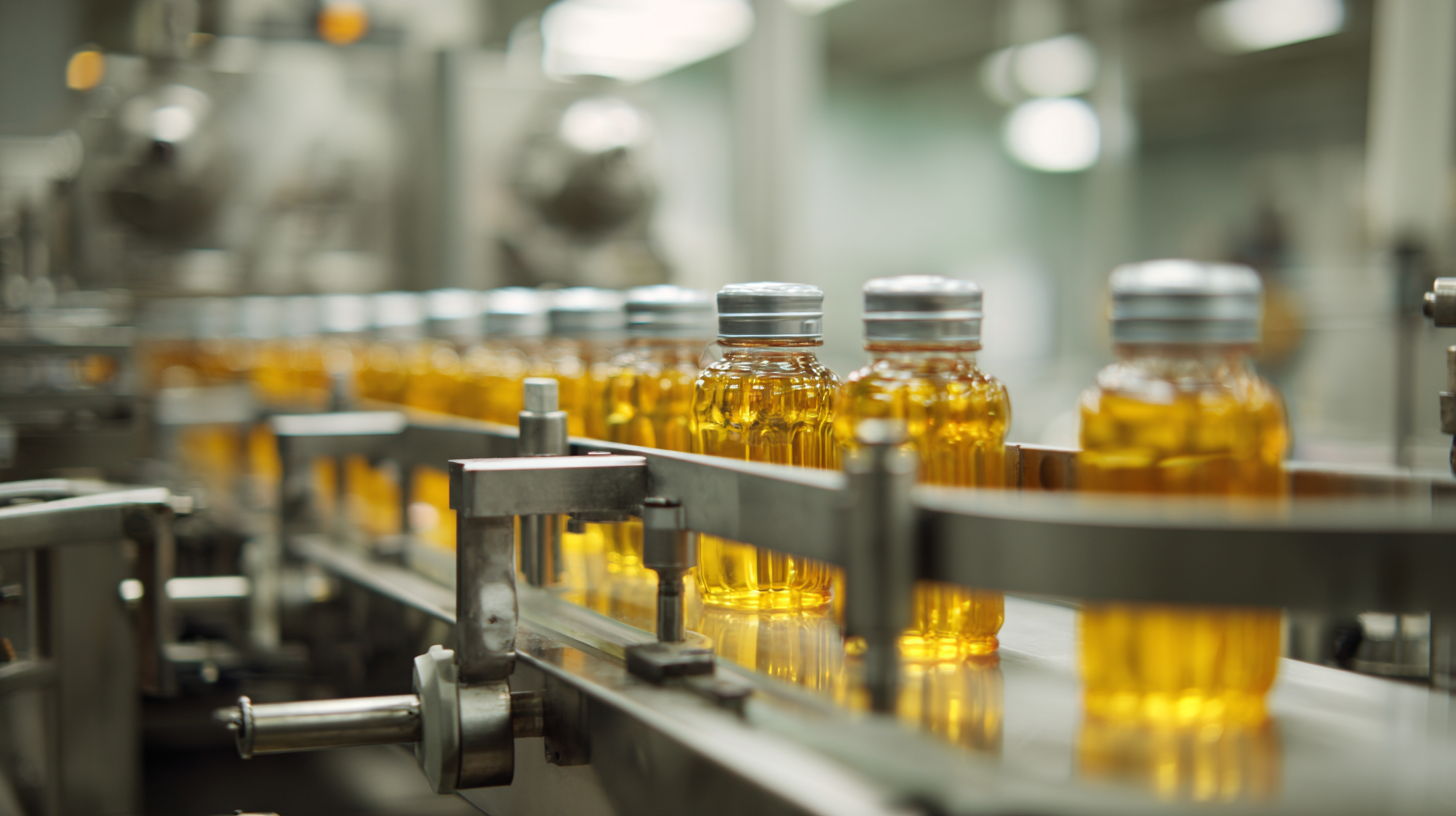
Additionally, embracing innovative technologies such as digital printing and automation can streamline production processes and minimize waste. A study by Smithers Pira notes that adopting digital technologies can reduce packaging waste by up to 30%, enabling manufacturers to produce only what is necessary and eliminate overproduction. Furthermore, investing in advanced sorting and recycling technologies will facilitate the circular economy, allowing companies to reclaim materials and reintroduce them into manufacturing. As the industry evolves, these strategies will be essential for fostering sustainable growth and meeting the increasing demand for responsible liquid packaging solutions.
Case Studies of Successful Sustainable Liquid Packaging Initiatives
The push for sustainable liquid packaging solutions has gained significant momentum, with numerous case studies highlighting successful initiatives across various industries. These innovative approaches not only reduce environmental impact but also resonate with eco-conscious consumers. For example, several companies have adopted biodegradable materials and recyclable designs that enhance the product lifecycle while minimizing waste. By integrating smart technology, some brands have streamlined their packaging processes, reducing the carbon footprint associated with traditional methods.
Additionally, collaboration among stakeholders has proven crucial in fostering sustainable practices. Companies are increasingly working with suppliers and logistics partners to implement eco-friendly packaging solutions. Innovative ideas showcased in recent discussions include the use of refillable containers and the adoption of minimalistic designs that consume fewer resources. These case studies underscore the importance of creativity and collaboration in developing effective liquid packaging strategies that align with sustainability goals, ultimately driving the entire manufacturing sector towards a greener future.
The Future of Liquid Packaging Machines in Sustainable Manufacturing Solutions
Related Posts
-
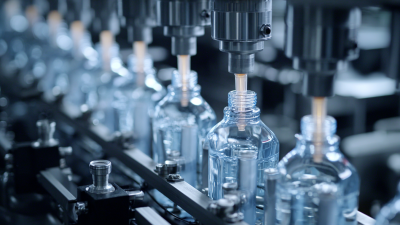
7 Reasons Why the Best Liquid Filling Machine Can Transform Your Production Efficiency
-

Maximizing Efficiency: Top Strategies for Selecting the Best Liquid Packaging Machine
-
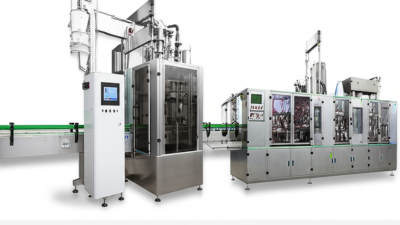
Chinese Excellence in Liquid Packaging Machines for Global Buyers
-

Ultimate Guide to Choosing the Best Filling Machine for Your Business Needs
-

Ultimate Guide to Choosing the Right Liquid Packaging Machine for Your Business Needs
-

Unveiling the Future of Liquid Packaging Machines Transforming Industries with Innovation
